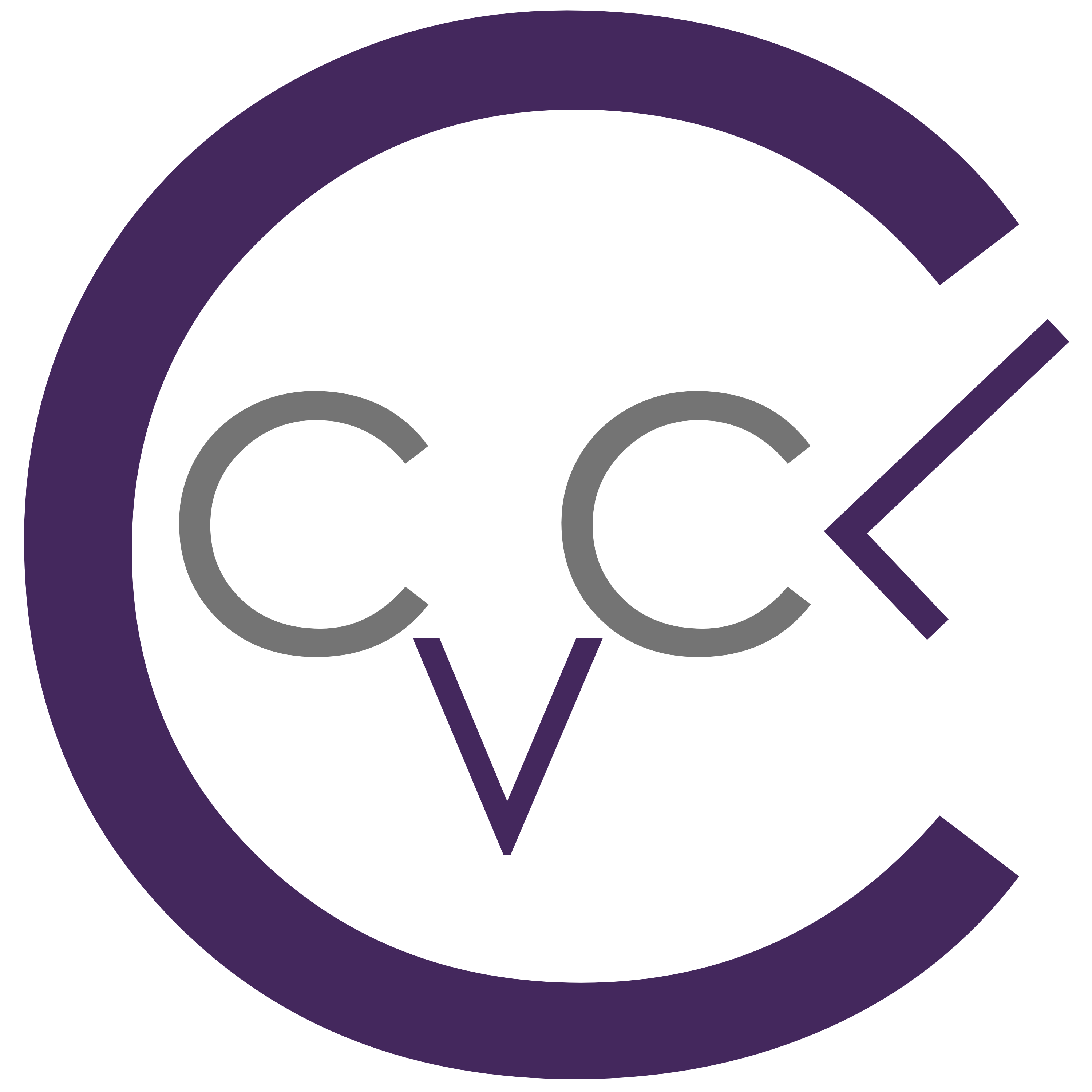Computer Vision (Fall 2021)
Instructor: Professor Zhigang Zhu
The City College of New York
Course No and Section (Code): CSC I6716-1GG (34289) Credits: 3.0
Class Meet Time: Monday 4:50 – 7:20 PM, Room: Vision Zoom Link
Office Hours: Every Thursday 2:00 pm – 4:00 pm, Room: Office Zoom Link
Course Update Information
- 08/15. CUNY faculty and students will be able to download a standalone Matlab version by creating an account using your CCNY email account at this website. On this website, go to “Matlab Portal” to create your account and download the software installer. You will need the account information to install and use the software too. It might be very slow when you downloading the real software & tools in installation. So please do not add new tools to the default but instead remove simulink etc. that you won’t use.
- 08/30: First day of our class. Here is the Zoom Link. The Passcode will be sent before class via CUNYFirst to the emails that students used there.
- 10/07/2021. Grading for Assignment 1. We will discuss Assignment 1 in class on Oct 18, 2021.
- 10/25/2021. Grading for Assignments 1 and 2. We will discuss Assignment 2 in class on Monday Oct 25, 2021.
- 11/15/2021. Grading for Assignments 1 to 3. We will discuss Assignment 3 in class on Monday November 15, 2021 (today!).
- 11/22/2021. Grading for Assignments 1 to 3 and Project Proposals . We will do an exam review and discuss project assignment today in class.
- 12/02/2021. Grading for Assignments 1 to 4, Project Proposals and Mid-Term Exam . On Monday in class we will discuss the answers for the mid-term exam and Assignment 4, and the requirements of your final project presentations. We will have a quick quiz in the middle of the class too.
- 12/09/2021. Grading for Assignments 1 to 4, the Pop Quiz, Project Proposals and the Mid-Term Exam. All Student Project Presentations (15 students, each 5 minutes talk + 5 minutes QA) – 12/13.
- 12/13/2021. Grading for Assignments 1 to 4, Pop Quiz, Project Proposals, Mid-Term Exam, and Project Presentation. Note that Project Report will be due 12/19 (Sunday) midnight. Please submit it to cv.zhu.ccny@gmail.com
- 12/22/2021. Final grading will be submitted to CUNYFirst on December 23, 2021. Happy Holidays!
Course Objectives
Computer vision has a rich history of fundamental work on color, stereo and visual motion, which has dealt with the problems of color image understanding, 3D reconstruction from multiple images, and structure from motion from video sequences. In addition, the best successful vision systems that computer vision researchers can learn from are human vision systems. Therefore this course will also briefly discuss human vision science and explore how the brain sees the world, thus including introductory on computational neuroscience, motion, color and several other topics.
Course Syllabus and Tentative Schedule (mm/dd)
Part 0. Introduction and Human Vision
- 0-1. Introduction (slides) and Human Eyes (slides) – 08/30
- 0-2. Visual Brain (slides) – 09/13 (no class on 09/06)
- 0-3. Depth (slides) -09/13
- 0-4. Color (slides) -09/13
Part I. 2D Computer Vision Basics
- I-1. Image Formation: Digital Image Basics (slides) (Assignment 1)-09/20
- I-2. Image Enhancement (slides) (Lecture notes on feature extraction:I-2 and I-3) – 09/27
- I-3. Edge Detection: (slides) (Assignment 2 on I-2 and I-3) – 10/04
Part II. 3D Computer Vision
- II-1. Camera Models (slides) (lecture notes) – 10/18 (No class on 10/11 Columbus Day)
- II-2. Camera Calibration (slides) (lecture notes) (Assignment 3 on II-1 and II-2) – 10/25
- II-3. Stereo Vision (slides) (lecture notes ) (Assignment 4 on II-3 and II-4), Project Discussion [we will finalize the project teams and topics in class on 11/22, so please send me the information to cv.zhu.ccny@gmail.com by 11/19] – 11/01, 11/08
- II-4. Visual Motion (slides) (lecture notes) ; Exam Quick Review and Project Topic Announcement – 11/15, 11/22 – Slides updated to this points
Part III. Exam, Projects and Project Presentations
- III-1. Exam – 11/29
- III-2. Discussions on Exam, Assignments and Projects + a quick pop quiz – 12/06
- III-3. All Student Project Presentations (15 students, each 5 minutes talk + 5 minutes QA) – 12/13; Project Reports due 12/19 (Sunday) midnight!
Textbook and References
Main Textbook:
- Computer Vision, In the form of Lecture Notes and Slides; will be provided by the instructor
- Vision and Brain – How We Perceive the World, By James V. Stone, The MIT Press. Paperback | $30.00 | ISBN: 9780262517737 | 264 pp. | 6 x 9 in | 25 color illus., 132 b&w illus.| September 2012 (For students with little experience in vision and neuroscience to know human vision, brain and computational neuroscience)
Reference Textbook:
- “Computer Vision – A Modern Approach” , David A. Forsyth, Jean Ponce, Prentice Hall, 2003 (ISBN: 0130851981 , 693 pages).
- “Three Dimensional Computer Vision: A Geometric Viewpoint” , Olivier Faugeras, The MIT Press, November 19, 1993 (ISBN: 0262061589 , 695 pages)
Supplements:
Online References and additional readings when necessary.
Grading and Prerequisites
The course will accommodate both graduate and senior undergraduate students in GSOE at CCNY with background in computer science, electrical and computer engineering, biomedical engineering or applied mathematics. Students who take the course for credits will be required to finish 4 assignments (40%), one midterm exam (40%), and one programming project (20%, including submit a report and give a presentation to the class at the end of the semester). The topics of the projects will be given in the middle of the semester and will be related to the material presented in the lectures.
Students are required to have a good preparation in both mathematics (linear algebra/numerical analysis) and advanced programming.
